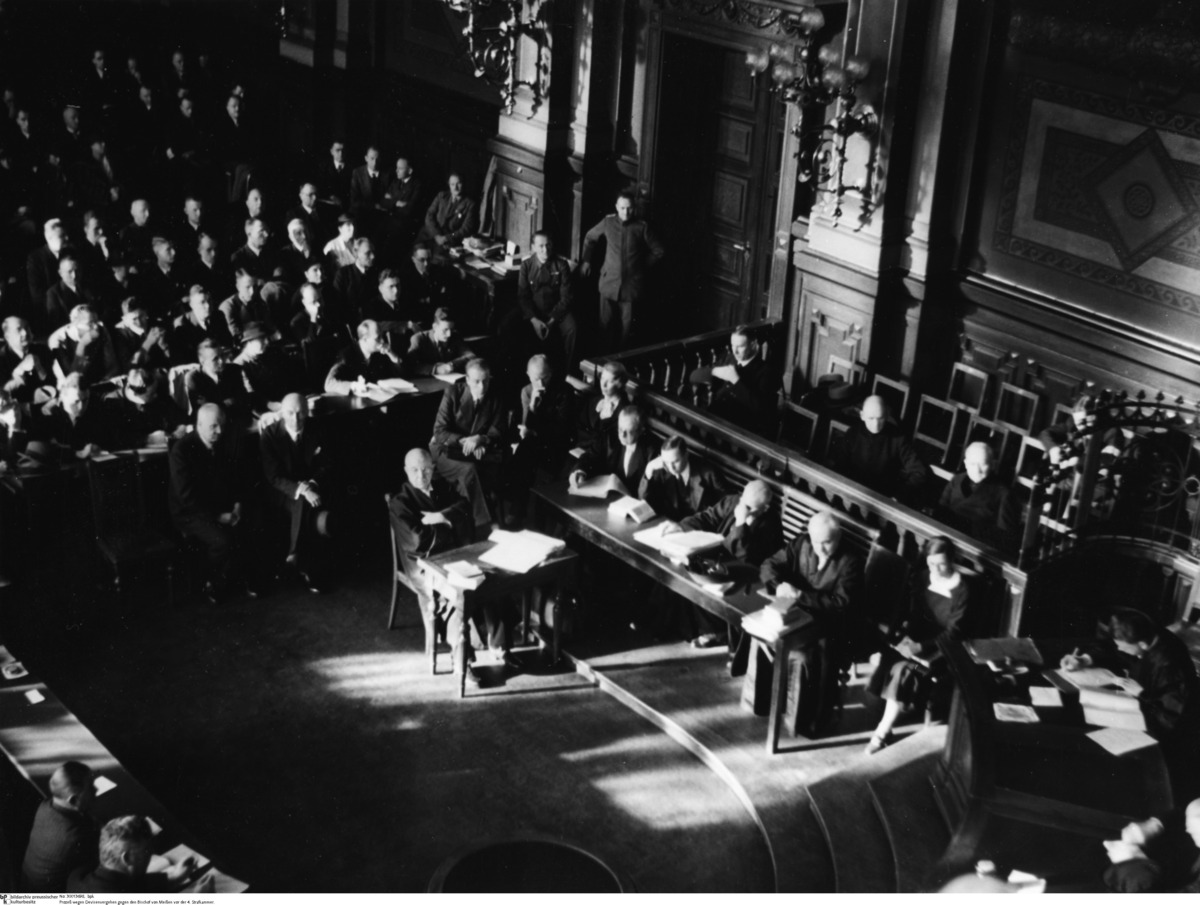Abstract
In the so-called Reich Concordat of July 20, 1933, the Catholic
Church had committed itself to a withdrawal from the political arena. In
return, the Nazi regime had promised to preserve the church’s special
institutional rights and to guarantee its freedom of religion. But
before the year was out, the state had begun to put pressure on the
church by systematically hindering its group- and welfare-work,
suppressing its publications, and arbitrarily harassing
clerics.
With the domestic and international consolidation of the
Nazi regime, the persecution of Catholics escalated dramatically. The
church’s cultural infrastructure was increasingly undermined, police
supervision of church services and sermons was intensified, and
cloisters and Catholic schools were closed. Furthermore, working in
tandem with the police and the propaganda ministry, the Nazi regime led
a regular campaign of harassment and defamation against clerics.
Hundreds of monks, nuns, and priests were arrested and charged with
corruption or moral offenses. Their show trials were intended to prove
to the public that the church was riddled with avarice, treachery,
homosexuality, and perversion. In the context of the Nazi persecution of
Catholics, about one-third of all clerics in Germany were subjected to
some kind of police or judicial disciplinary measures.
The photo shows the Bishop of Meissen, Peter Legge (sitting in the
dock to the right of the door) in a show trial. He was charged with
breaching foreign currency exchange control regulations in the repayment
of a Dutch loan taken out by his predecessor in the diocese. His
brother, Theodor Legge, is seated next to him, and Vicar General Wilhelm
Soppa, administrative officer of the diocese, is seated at the end of
the row of seats. Bishop Peter Legge was found guilty, sentenced to a
fine, and forced out of his diocese for several years. Theodor Legge and
Soppa were also found guilty; in addition to a fine, they also had to
serve time in prison. The Nazi regime used accusations of foreign
currency exchange violations, homosexuality, and pedophilia to get rid
of troublesome clerics and defame the Catholic Church.
